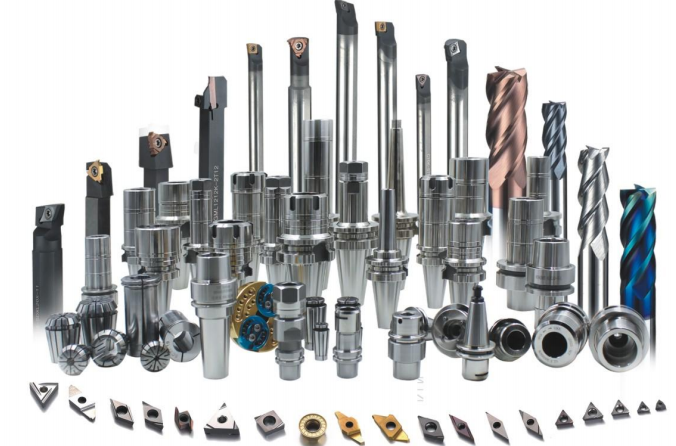
Production downtime can cost manufacturers a lot in terms of time, money, and efficiency. Reducing this downtime is a priority for businesses looking to streamline operations and maintain consistent output. Indexable tools are cutting tools that replace worn parts quickly without changing the entire tool. The following is a detailed article on how these tools are essential for reducing production downtime in modern manufacturing environments.
What Are Indexable Tools?
Indexable tools are cutting tools with replaceable inserts that can be easily swapped out when worn. Instead of discarding the entire tool, only the cutting edge, or the insert, is replaced. These tools are cost-effective for high-production environments where tool wear is inevitable. Commonly used in operations such as turning, milling, and drilling, these tools save time during tool changes, improving overall machine efficiency by offering interchangeable inserts. Unlike traditional solid tools, which require complete replacement, indexable options allow for more flexibility.
Reduced Tool Change Time
One of the biggest advantages of indexable tools is the time saved during tool changes. In a production environment, every minute counts. Replacing a solid tool can be time-consuming and lead to longer downtime, especially if the tool needs recalibration. With the help of these tools, operators can swap out the insert, minimizing disruption and allowing machines to return to operation faster. These quick changes help improve productivity without compromising on quality. Many modern tools have easy-to-use locking mechanisms, ensuring the process is smooth and efficient.
Extended Tool Life
Another benefit of indexable tools is the extended tool life. Traditional tools wear down over time, resulting in frequent replacements. Indexable inserts offer an affordable way to replace just the worn parts. By managing wear more effectively, these tools help manufacturers reduce the cost associated with frequent tool replacements. This extended lifespan results in fewer interruptions to production, allowing machines to keep running longer without stopping for maintenance.
Flexibility for Various Applications
These tools are highly versatile and can handle a range of materials and applications. Whether used in turning, milling, or drilling, they adapt easily to different machining needs. This flexibility is key in maintaining continuous production, as operators can quickly switch between tasks without changing entire toolsets. Tools that can perform multiple functions reduces the need for additional machines, cutting downtime and simplifying production. This versatility ensures that businesses remain flexible, even during complex production runs.
Enhanced Cooling and Chip Control
Many indexable tools come equipped with advanced cooling and chip control features. By integrating through-the-tool coolant systems, these tools help to keep the cutting-edge cool and prevent overheating. This reduces the risk of tool breakage and ensures a more consistent cutting performance. Efficient chip removal is crucial for preventing machine stoppages caused by chip buildup. By maintaining a clean working environment, these tools help avoid the issues that lead to unnecessary halts in production.
Conclusion
In a dynamic manufacturing setting, reducing production downtime is essential for staying competitive. Indexable tools offer a simple, effective way to achieve this by minimizing tool change time, extending tool life, and providing flexibility for various machining tasks. These tools, with their replaceable inserts and advanced features, allow operators to keep production lines running smoothly without frequent interruptions. By investing in such tools, manufacturers can increase efficiency, reduce downtime, and improve overall productivity.





